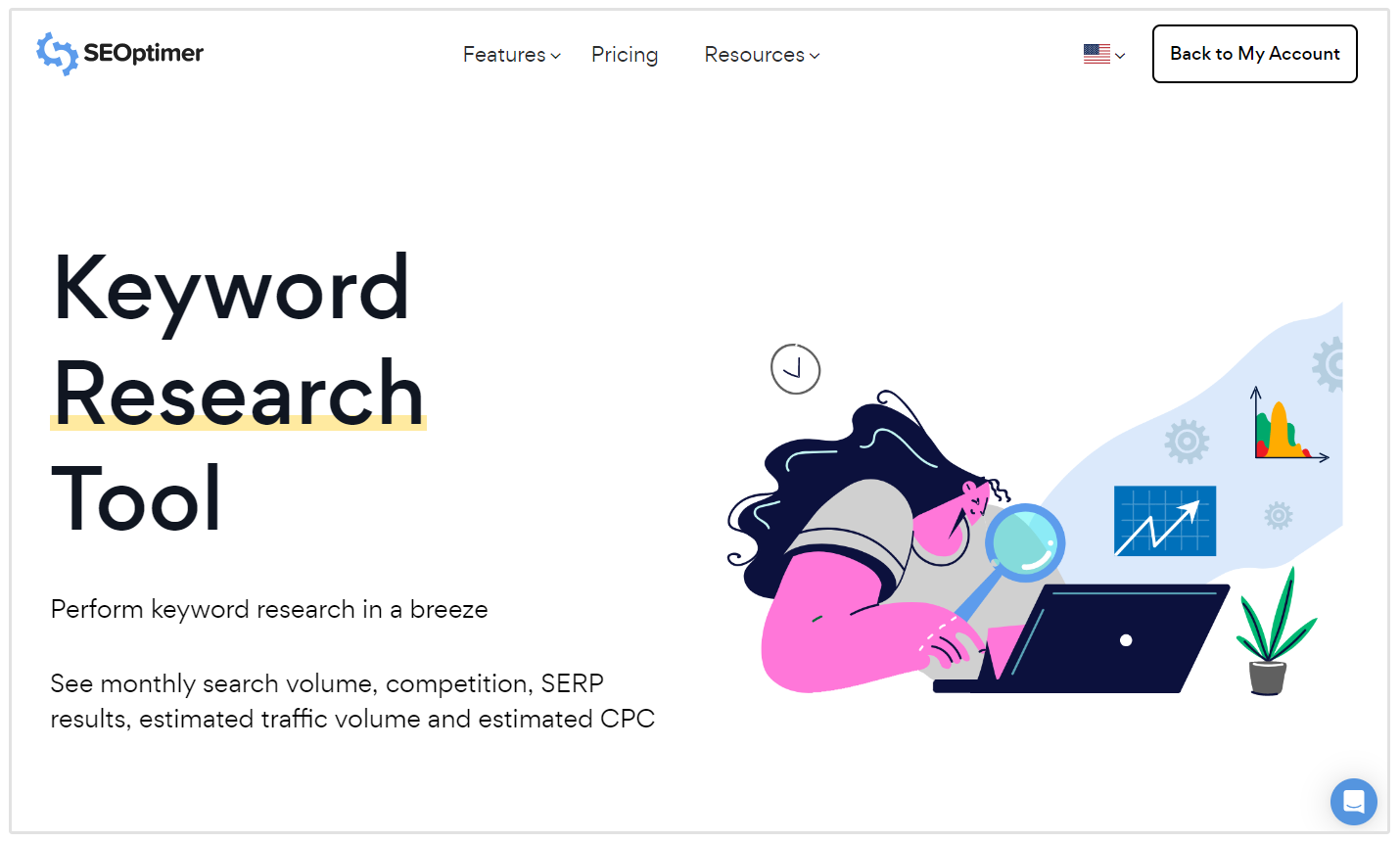Opening Secondary Dimensions in Google Analytics: Meaning and Practical Use Instances Checked Out
Introducing the Effect of Secondary Measurement in Google Analytics on Information Analysis and Insights
In the realm of data analytics, the application of second measurements within Google Analytics has become a pivotal device for extracting deeper insights and unraveling complex patterns that might or else continue to be obscured. By peeling back the layers of primary information sets, secondary measurements provide a nuanced perspective that enhances the understanding of customer actions, site efficiency, and the effectiveness of marketing methods. Nevertheless, truth impact and untapped potential of additional measurements are usually ignored, outweighed by the attraction of main metrics. As we navigate through the elaborate landscape of information analysis, the value of secondary dimensions ends up being significantly obvious, losing light on crucial details that hold the secret to educated decision-making and critical optimizations.
Checking Out the Idea of Secondary Dimensions
Second dimensions in Google Analytics give additional understandings by permitting users to assess primary information in conjunction with a secondary attribute. By integrating second dimensions, users can delve deeper right into the data and reveal valuable connections that could otherwise go undetected - what is a secondary dimension in google analytics.
Understanding the idea of second dimensions is critical for making best use of the capacity of Google Analytics. It permits users to section data efficiently, recognize patterns, and make educated choices based on a much more full photo of their analytics data. By exploring the different second measurements available in Google Analytics, customers can unlock new understandings and maximize their electronic advertising and marketing efforts. Fundamentally, additional dimensions act as an effective tool for improving data analysis and driving actionable outcomes.
Enhancing Data Interpretation With Second Measurements
Having established the fundamental understanding of additional dimensions in Google Analytics and their pivotal duty in information evaluation, the emphasis now shifts in the direction of leveraging these secondary credit to improve the interpretation of analytics data (what is a secondary dimension in google analytics). By incorporating second dimensions right into information evaluation, experts can gain much deeper understandings into user actions, website efficiency, and advertising efficiency

In addition, second dimensions aid in contextualizing main data metrics by giving added layers of info. This contextualization aids in comprehending the 'why' behind the data trends, aiding analysts make informed optimizations and choices to enhance overall efficiency. Ultimately, integrating additional dimensions enhances the data analysis process, resulting in more critical activities and meaningful insights.
Uncovering Hidden Insights Via Secondary Measurements
Exploring the depths of analytics data with additional dimensions exposes valuable insights that would otherwise continue to be obscured. By integrating second dimensions in Google Analytics, organizations can discover surprise patterns, trends, and correlations that provide an even more thorough understanding of customer behavior and internet site performance. These extra layers of information permit analysts to dive Look At This much deeper into the main dimensions, such as website traffic sources or landing web pages, and obtain a more nuanced viewpoint on how different variables connect with each various other.
Via the use of second dimensions, experts can section and contrast information visit this web-site across various dimensions, allowing them to identify certain variables that affect user involvement, conversion rates, and general success metrics. By combining the key measurement of 'tool group' with the second measurement of 'age group,' online marketers can identify which age demographics choose accessing the site with mobile gadgets versus desktops. This level of granularity empowers companies to make data-driven choices and maximize their approaches for far better results. Eventually, uncovering hidden insights via second measurements boosts the deepness and accuracy of data evaluation, bring about more informed decision-making and boosted efficiency outcomes.
Leveraging Second Measurements for Actionable Analytics
Building upon the understandings unveiled via second dimensions in Google Analytics, companies can now harness this enriched information landscape to drive workable analytics and tactical decision-making. By leveraging secondary measurements, organizations can dig much deeper right into their data to remove useful patterns, fads, and connections that may have formerly gone unnoticed. This deeper degree of analysis allows companies to get a more detailed understanding of customer habits, campaign performance, and general website efficiency.
One key advantage of making use of additional dimensions for actionable analytics is the ability to sector data based on details standards. This segmentation allows businesses to tailor their strategies and campaigns to different target market groups, leading to more targeted and efficient advertising and marketing initiatives - what is a secondary dimension in google analytics. Additionally, additional measurements give an even more alternative sight of customer interactions, enabling companies to enhance their website content, design, and general individual experience
Making Best Use Of Decision-Making With Secondary Dimensions
To enhance tactical decision-making in analytics, leveraging secondary measurements in Google Analytics can offer a much more nuanced point of view on individual behavior and campaign performance. By including additional dimensions into information analysis, businesses can delve much deeper right into the specifics of their web site visitors' communications and interaction patterns. This extra layer of info permits a much more detailed understanding of just how different variables, such as demographics, tools, or traffic resources, effect key efficiency signs.

Verdict
In final thought, making use of second measurements in Google Analytics plays a critical duty in boosting data evaluation and revealing surprise insights. By exploring this idea, one can gain a deeper understanding of customer habits and make educated decisions based on workable analytics. Leveraging secondary measurements allows for a much more comprehensive interpretation of information and makes the most of the effectiveness of decision-making processes.
